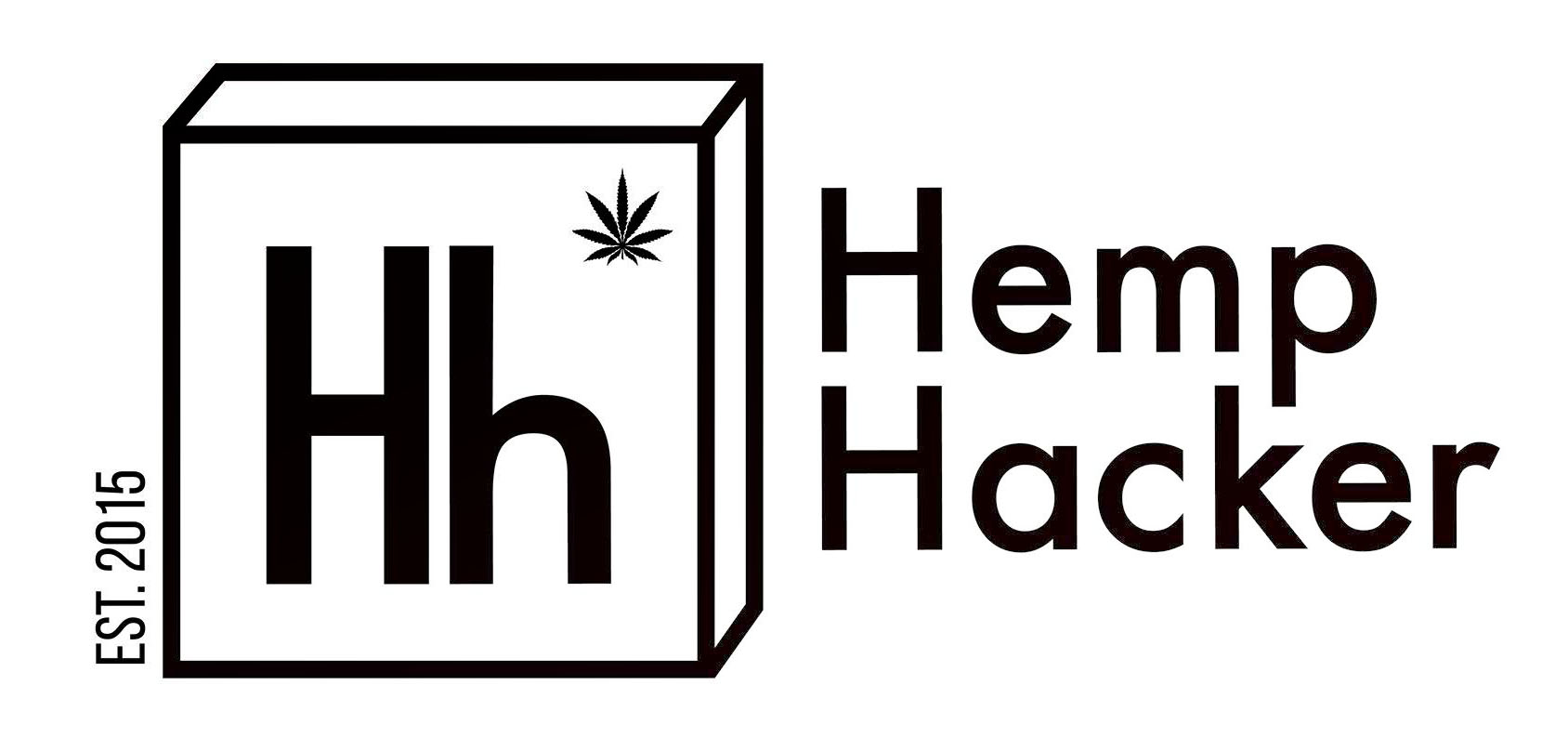The Food and Drug Administration is a government agency that uses scientific principals and tools to determine if food items are safe from harmful substances, including human pathogens. The FDA funds and publishes up to date, relevant, and cutting-edge research investigating microbiology, genomics, toxicology, and chemistry. This research is geared towards equating the myriad of varying processes and environments that food items and dietary supplements are produced within. From a biological standpoint, three main bacterial pathogenic genus/species of concern are Escherichia coli, Salmonella spp., and Listeria spp. Two out of these three types of bacteria have been regularly included within regulated cannabis biological adulteration testing across multiple states and countries. The third, Listeria spp. which is arguably one of the most resilient to abiotic stress, has not been addressed as widely as the first two types of bacteria.
Bacterial Pathogen – Escherichia coli
The most infamous serotype of pathogenic E. coli is O157:H7, but there are other types that can make consumers sick. These nasty bugs are transmitted via a fecal to oral route, meaning that they are present in the intestines of animals, including humans. Contact with excreted material that harbors these germs or contaminated water sources, will result in transmission of E. coli cells, which may colonize cannabis. This germ is widely associated with beef, however, raw produce that has not been processed via a heat-kill step has been identified as a vehicle for E. coli transmission. E. coli can be controlled for with a stringent hand washing policy, QC of any organic fertilizers, treated water, and zero animal contact with plants, including instruments that have been in contact with animals. Vegetative cells can be eradicated with an appropriately monitored dry step, but this will not remove any DNA evidence left behind which can insinuate unsanitary processing conditions. For more information on how drying to an appropriate level of water activity fits into a HACCP program, see this post.
Bacterial Pathogen – Salmonella spp.
According to the FDA’s “Big Bad Bug” book, while Salmonella has traditionally been associated with animal products, there has been a spike in Salmonella outbreaks from produce and ready-to-eat food items. This is partially owed to the ability of this germ to persist in a dry environment with high plant metabolite content, such as spices. Salmonella is also transmitted via fecal oral route and there are serotypes that can be found in contaminated water supplies. Controlling Salmonella is similar to controlling E. coli within a production environment. Proper hand-washing, QC of raw materials used within the production of cannabis flower, treating the water, and no contact with animals or instruments that have come in contact with animals, is sufficient to control for bacterial pathogen contamination, including Salmonella contamination in most cases.
Bacterial Pathogen – Listeria spp.
What makes Listeria unique is that serotypes of this genus have the ability to survive in salty environments and grow at temperatures as low as 1° C. While a majority of recorded outbreaks of this group of bacteria are linked to processed animal products, raw produce can harbor this bacterium as well, along with finished processed food items, such as ice cream. Like Salmonella, Listeria is a hardy germ, it has been recorded that the same isolates have been isolated from the same production facility over a 12-year span in one case. There have been instances where the FDA has put a facility on notice or completely suspended facilities that could not control Listeria spp. emergence on the production site, asserting that the environment presented a high level of risk to consumers of products processed within the facility. Processors must be very diligent in monitoring for this type of bacteria and ensuring that it does not contaminate high traffic areas within a facility or is not already present within a facility to be purchased, as it is particularly difficult to eradicate. Environmental swab assays can be of major help in finding unwanted microbial species within a cultivation environment so that the area may be thoroughly sanitized and re-swabbed to ensure complete eradication.
Minimizing Risks of Exposure to Bacterial Pathogens
One of the best ways to minimize risks of pathogenic contamination within a supply chain, is to establish an employee hygiene policy that outlines proper hand washing technique, glove use, and reminds employees to stay home when feeling under the weather. Another way to minimize risk of contamination, is to design the facility to inhibit instances of cross contamination especially where there are raw plant or animal items present within or near the facility. Facility buildout can be a major boon not only to flow and efficiency of production processing, but also mitigation of biological and chemical cross-contamination. It is always advisable plan a facility around a process prior to physically building it out, in order to ensure optimal production flow.
Finally, keep in mind that animals such as cows and horses that produce waste that is processed into fertilizer may be infected with E. coli or other pathogens. Quality checking these items prior to widespread application onto agricultural goods that will be consumed by humans is a fantastic way to ensure that the supply chain is guarded against biological threats.
Contact Us.
Orion GMP Solutions is a Pharmaceutical Engineering Firm based out of Denver Colorado. We specialize in the implementation and auditing cGMPs for GMP Cannabis Manufacturers. If you would like to get more information, please send us an email at info@oriongmp.com.
This content was written and sponsored by Orion GMP Solutions.
